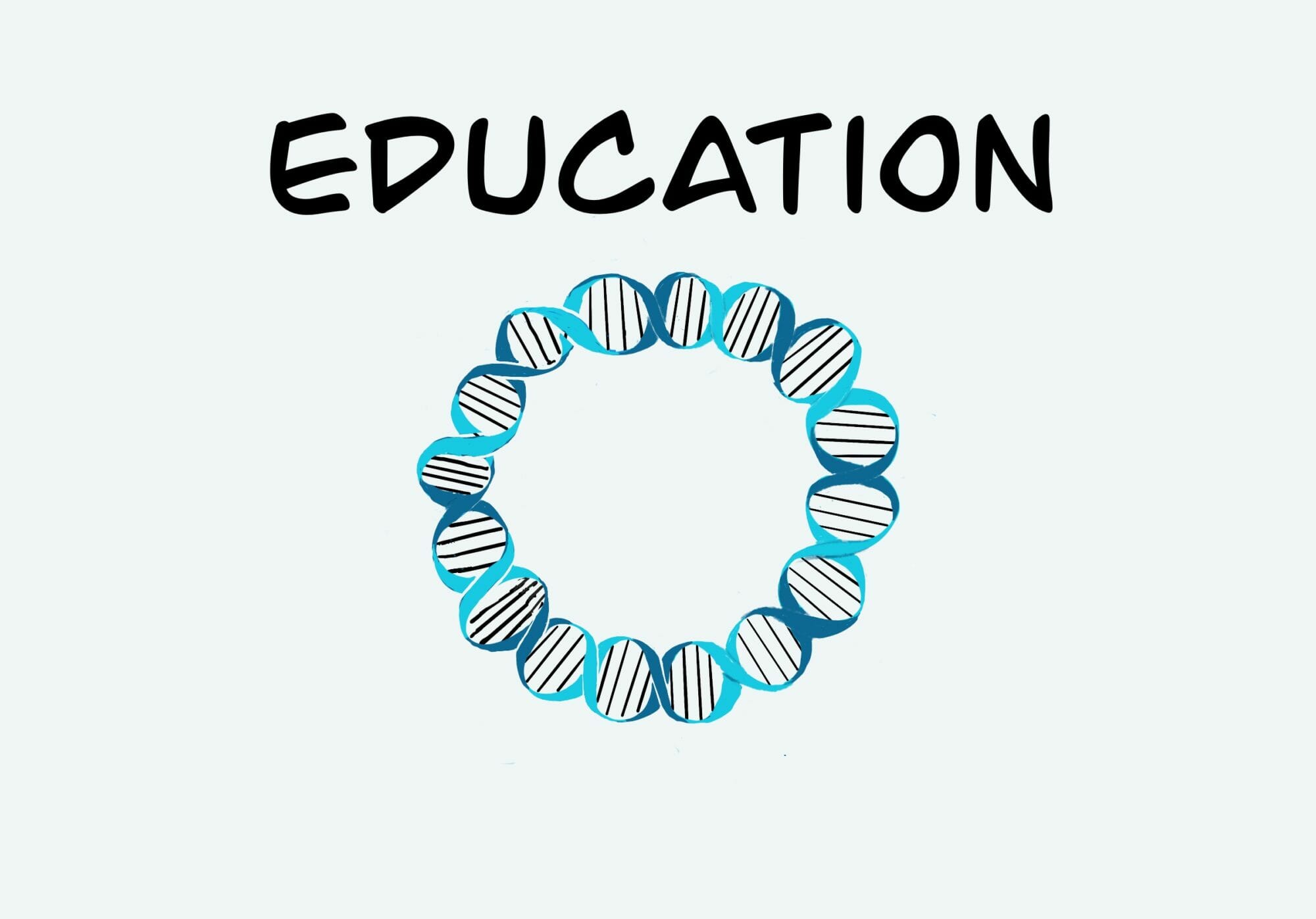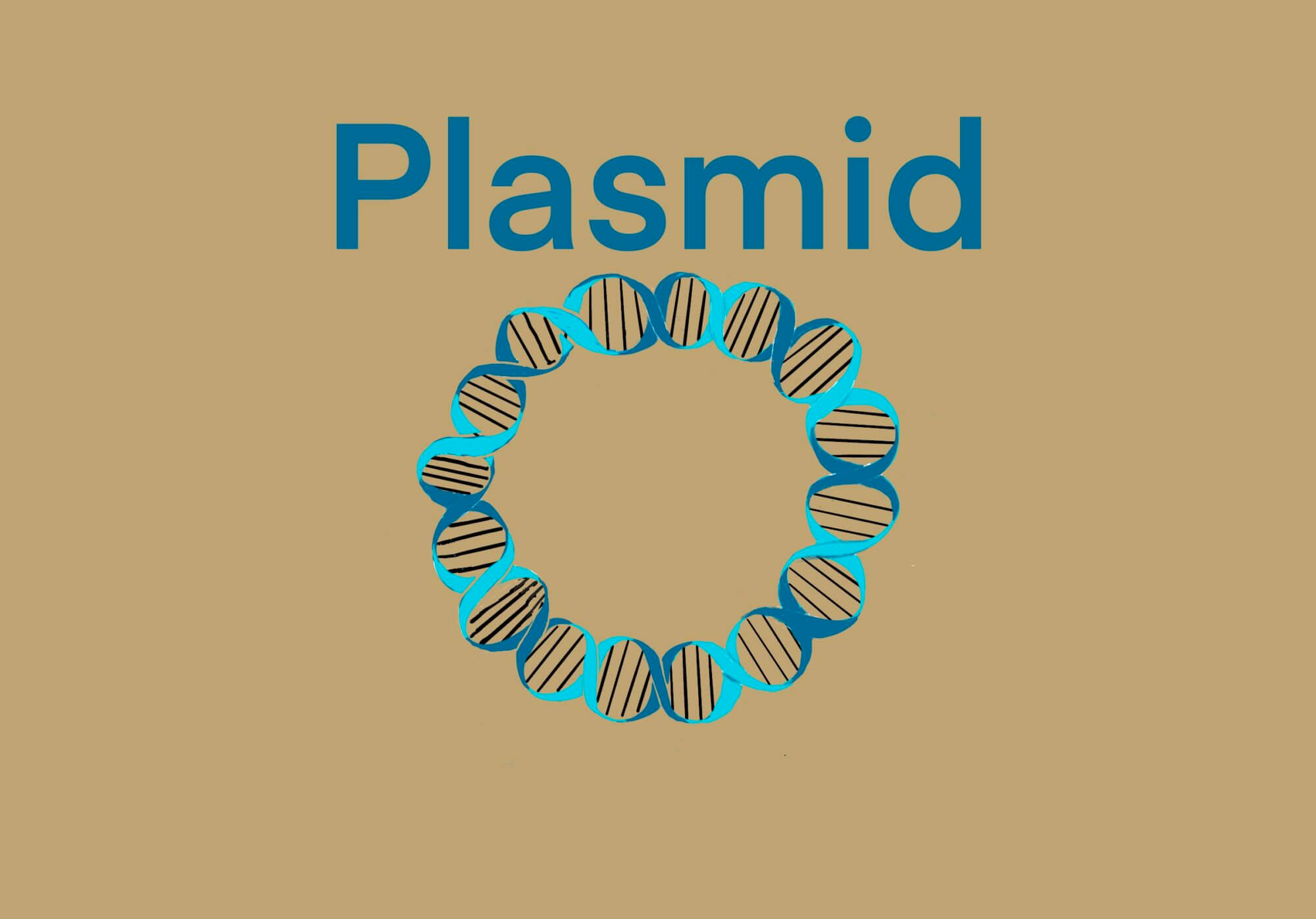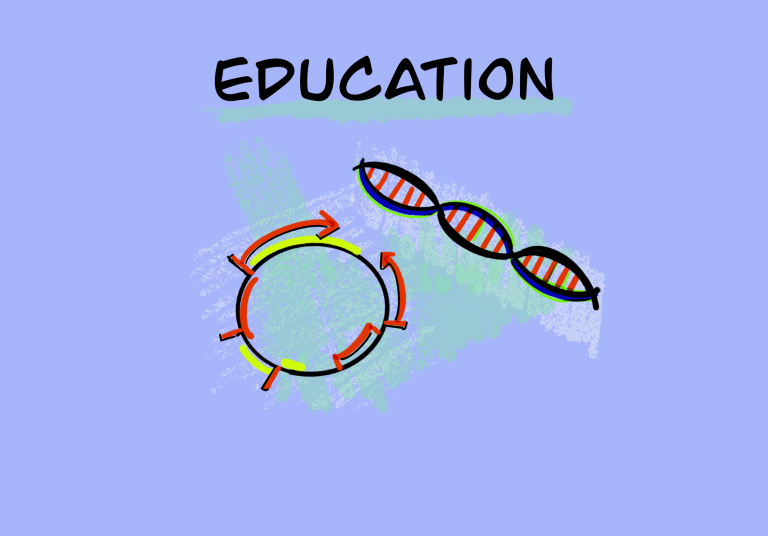タグ: plasmid
-
[用語] pDNA ; Plasmid DNA – 染色体とは異なる遺伝子/環状/自己複製/F Plasmid/R Plasmid/ Vector Plasmid [2023/03/25]
Post Views: 1,033 plasmid DNAとは pDNA ;Plasmid DNA, 輪っか状…
投稿者

-
気になる企業 ベクタービルダー /デザイン/受託/開発/GMP製造 [2020/11/21]
Post Views: 1,105 VectorBuilder ベクタービルダー・ジャパンのサイトより。 20…
投稿者

-
[Bio-Edu] Plasmid DNA (pDNA)のデザイン及び、その製造方法に関する調査 [2020/12/24]
Post Views: 1,451 plasmid DNAの物性 2本鎖DNAを輪っか状にデザインした物をPl…
投稿者

-
気になる企業 – PlasmidFactory – PlasmidのGMP製造受託 [2020/06/16]
Post Views: 927 PlasmidFactory PlasmidFactory is t…
投稿者

-
[Bio-Edu] DNAワクチンとは – 2008年までの論文から、免疫細胞へのプラスミドDNAの取り込みにより特異抗体が産生される – ID13931 [2020/04/21]
Post Views: 892 DNAワクチンとは 1998年、2000年および2008年の論文から、DNAワ…
投稿者

-
気になる企業 – VIROVEK (バイロベック) – AAV-toxin Vector技術 – ID12859 [2020/03/31]
Post Views: 742 ID12859 VIROVEK VirovekはSf9/vaculovirus…
投稿者

-
[rAAV-Production] – 治療用AAV Vector製造 – 考慮事項 – SM-ID12844 [2020/10/14]
Post Views: 916 ウイルス・ベクターと宿主細胞の準備 目標のAAVベタクー発現量 15cm ディ…
投稿者

-
気になる企業 – SIRION BIOTECH – ID12564 [2020/07/06]
Post Views: 722 ID12564 SIRION BIOTECH GmbH Office Fina…
投稿者





